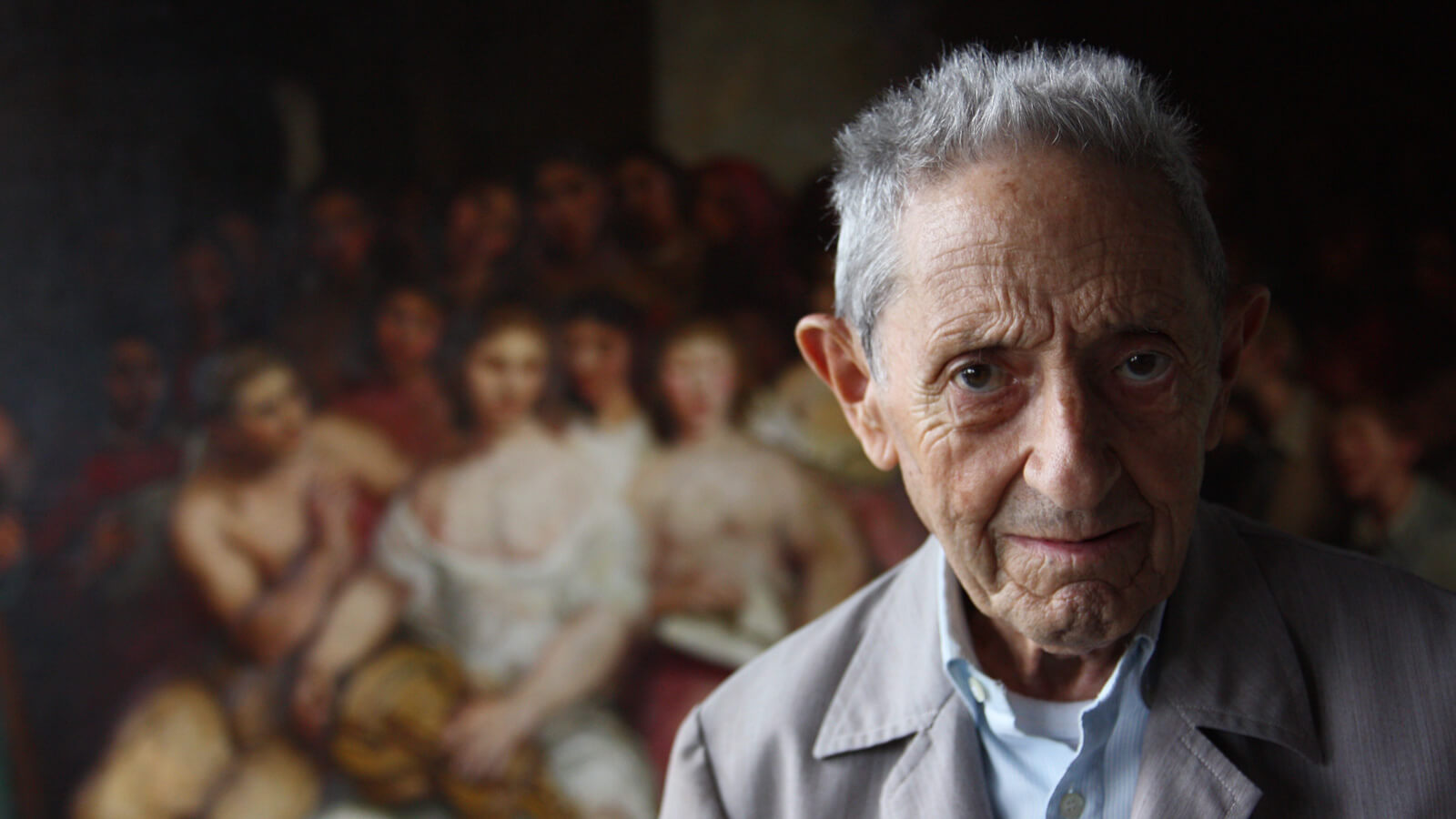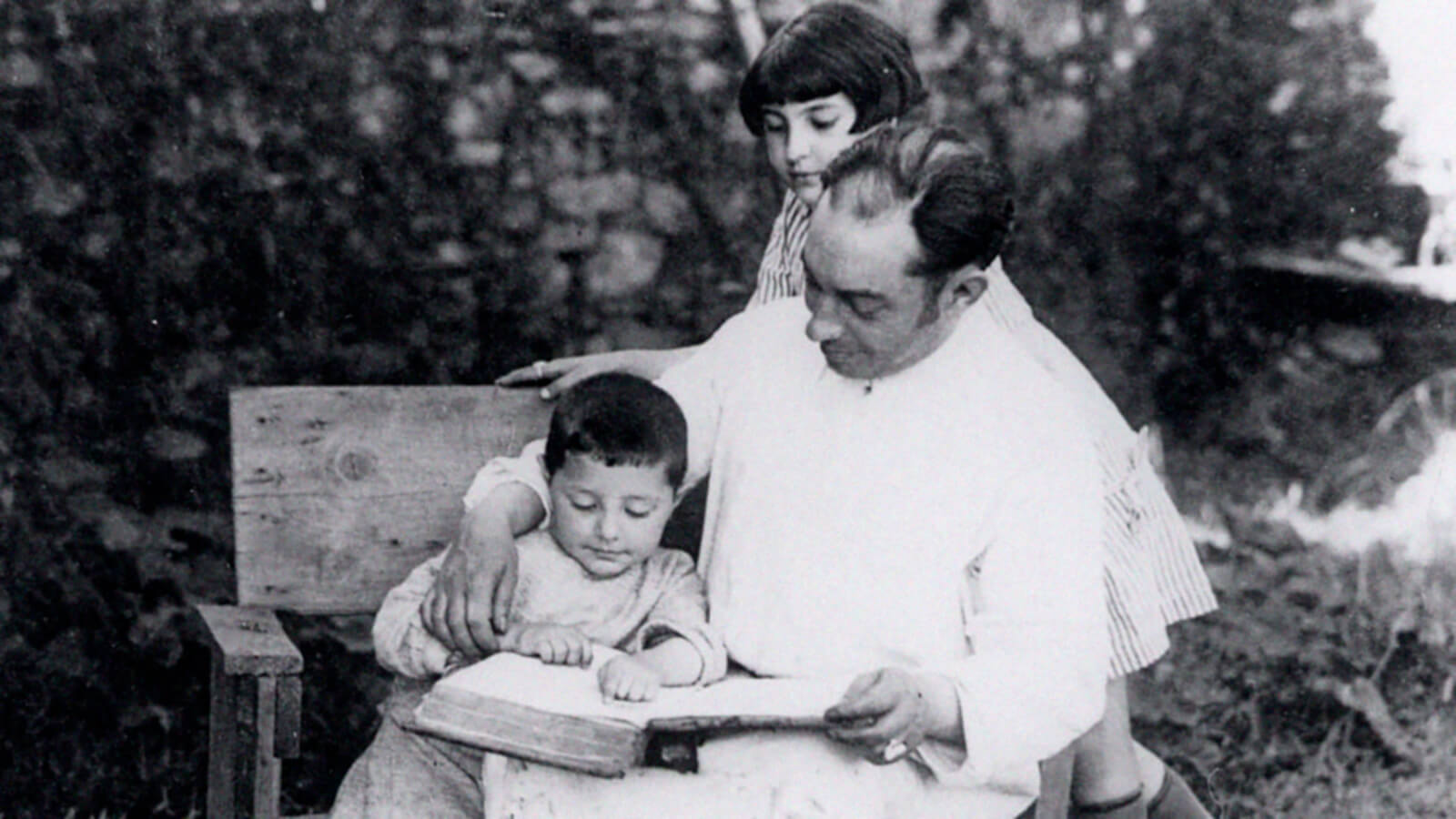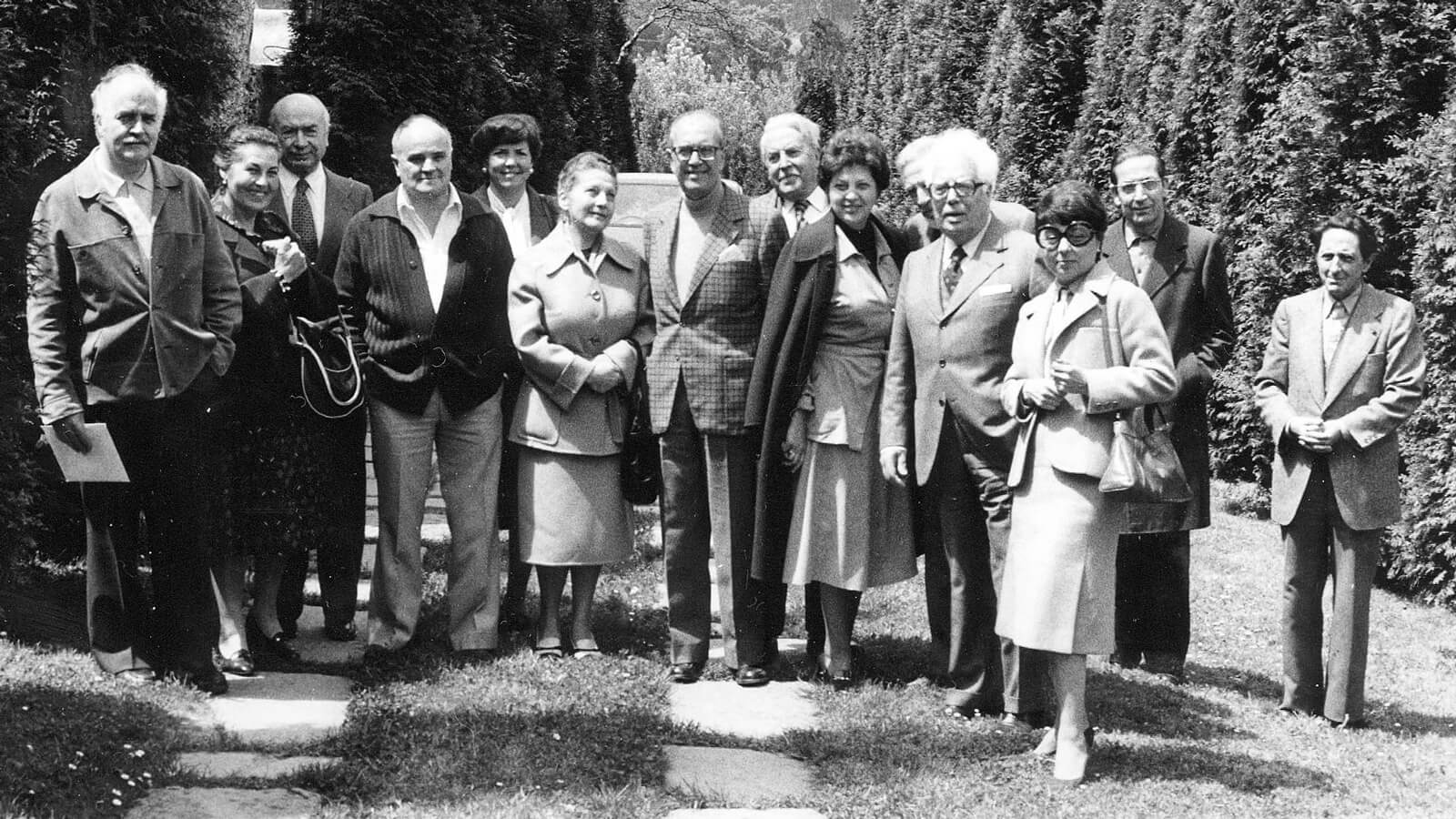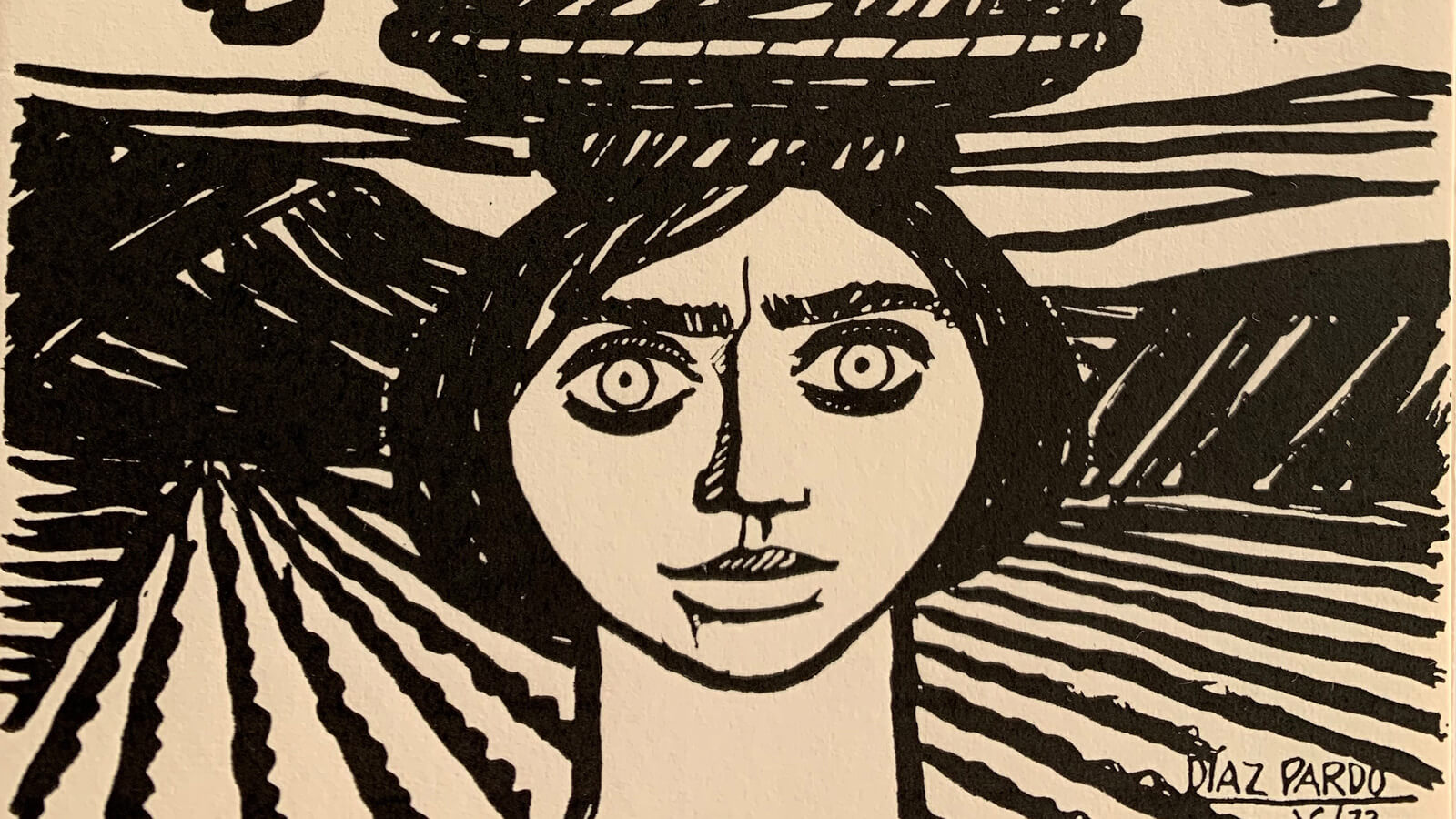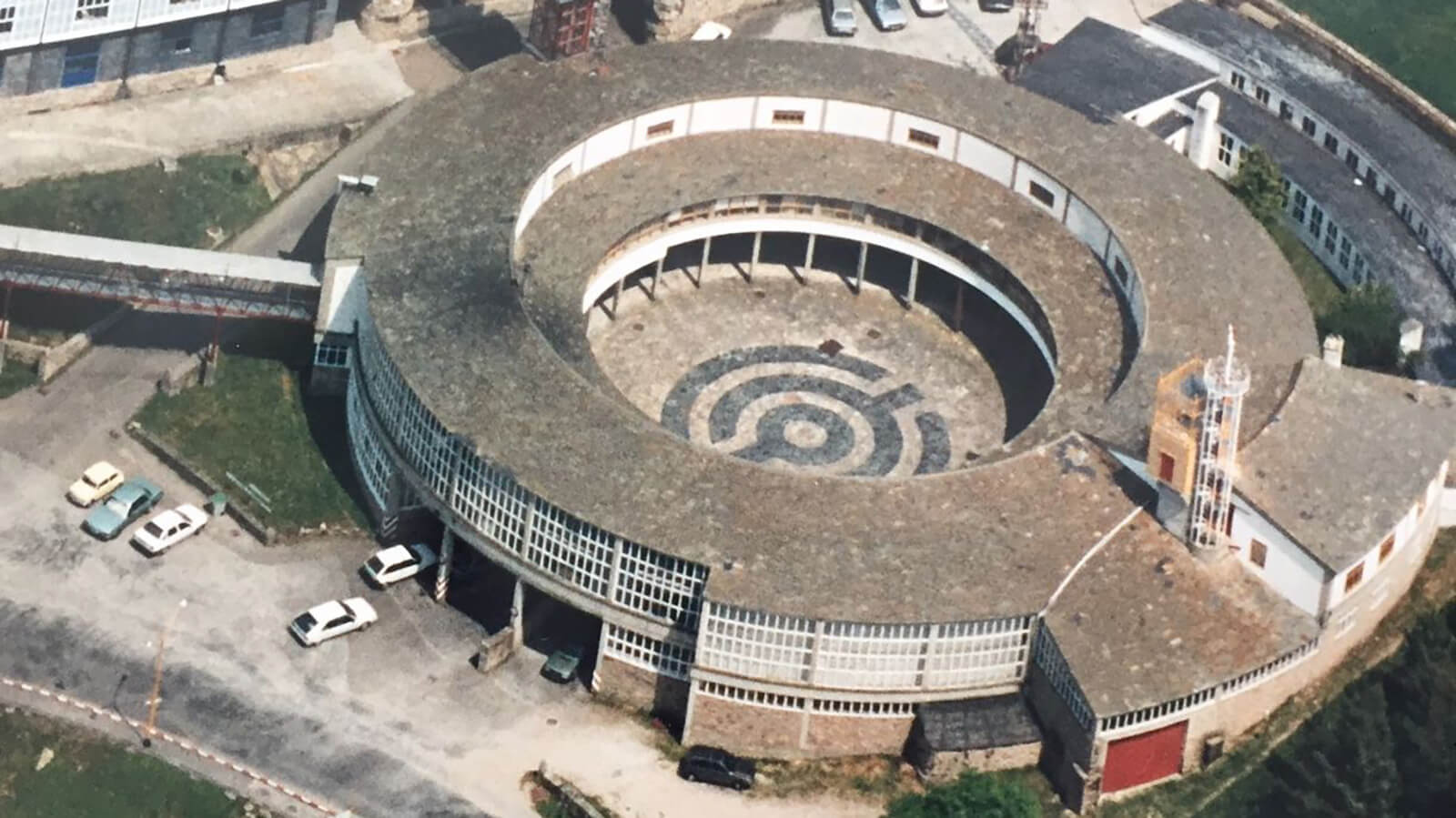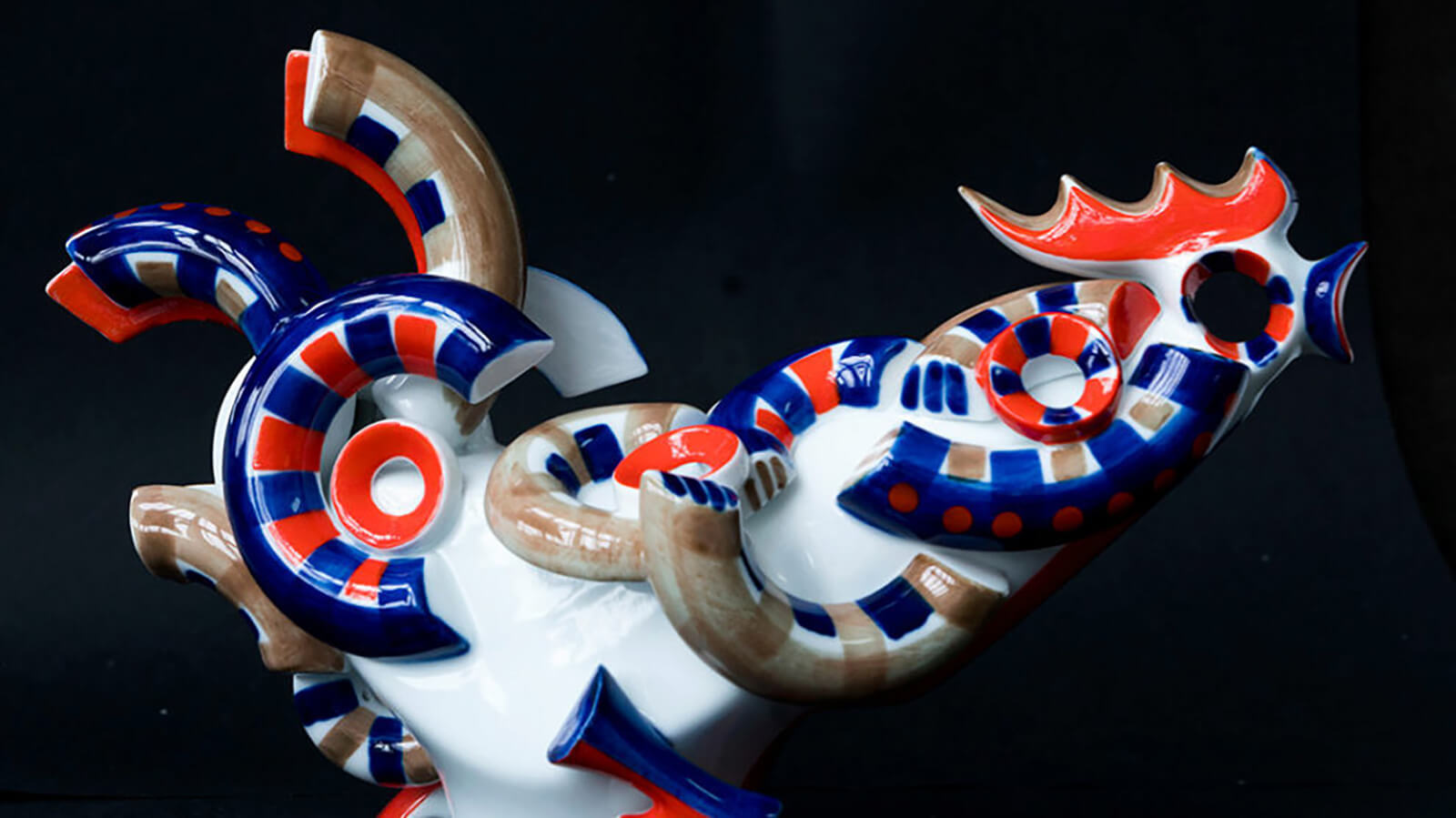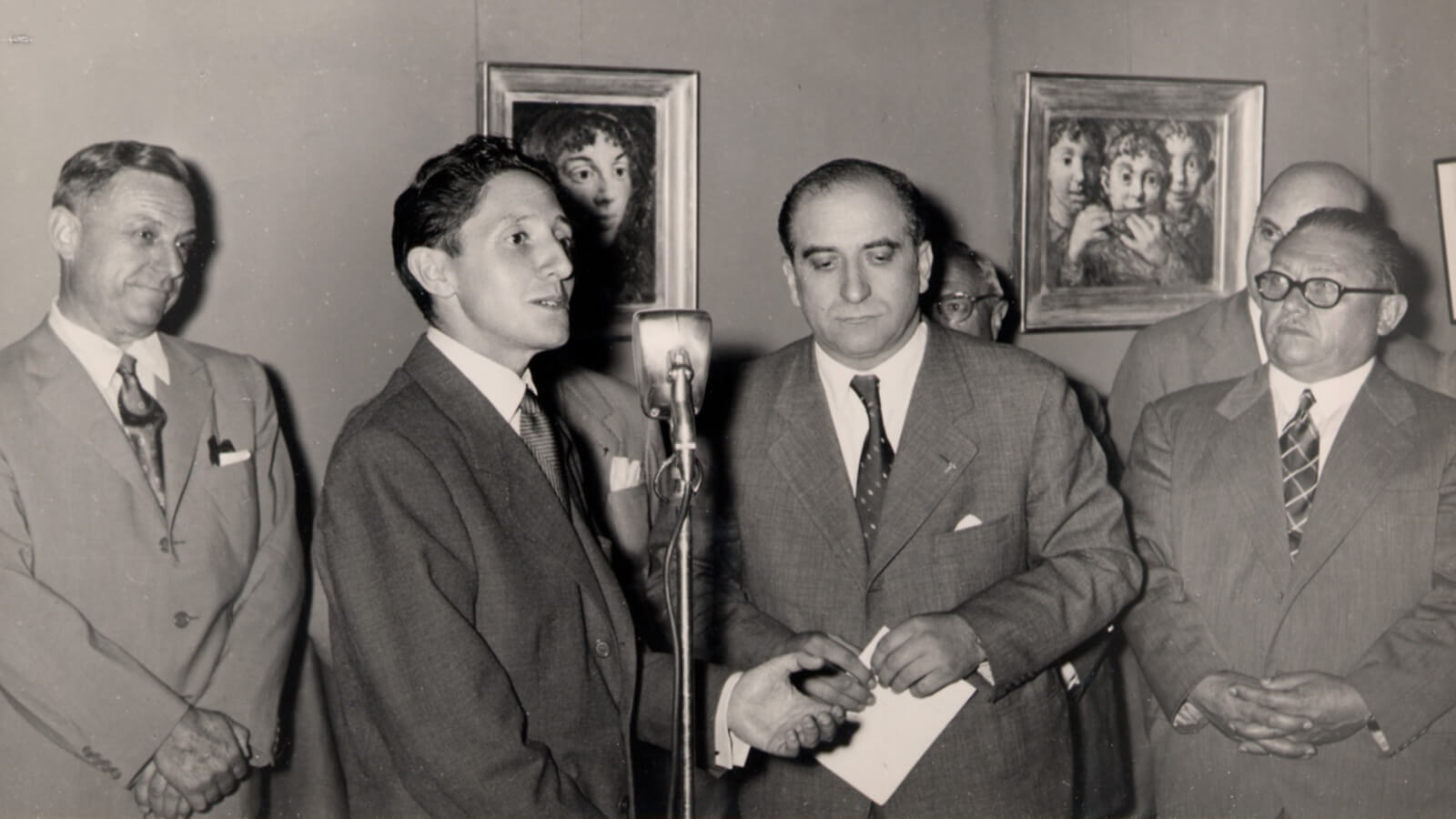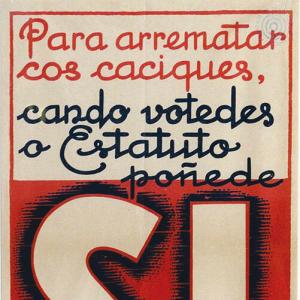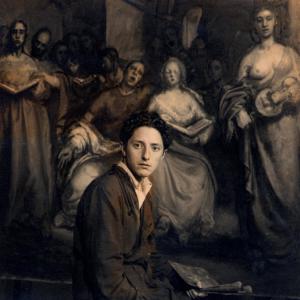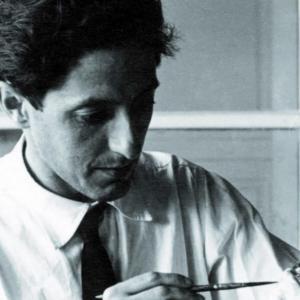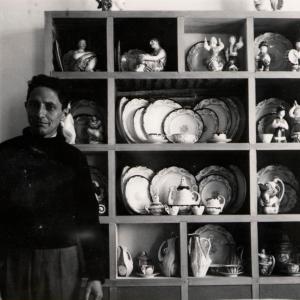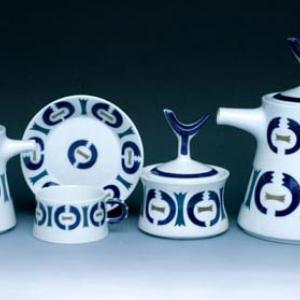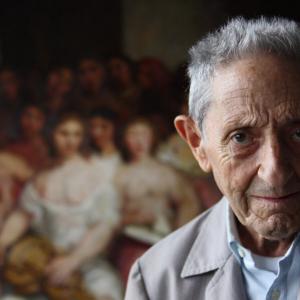Isaac Díaz Pardo was born in Santiago de Compostela on 22 August 1920 and died in La Coruña on 5 January 2011.
He was the son of Camilo Díaz Baliño, the famous stage designer, painter and creator of posters. His father’s workshop was a meeting point through which three generations of politicians, intellectuals and artists passed, including Castelao and Luis Seoane.
His father dies in 1936
This was the artistic milieu in which Isaac was brought up. At the age of 16, he was already helping with the posters supporting the Galician Charter of Autonomy. In that same year, 1936, his father was murdered by the rebels and Díaz Pardo’s life changed completely: from a republican child he became a young man on the run, who had to remain hidden for 6 months in a family member’s house.
After his father’s death, he had to remain hidden for 6 months in a family member’s house.
When the Civil War ended, Isaac, his mother and his sister went to live in La Coruña, where he began to work for the firm Bianchi, for whom he painted a number of posters for company clients.
Madrid: Isaac the painter
Even though his dream had always been to study architecture, these studies were not possible in his new situation. However, thanks to a grant he began his Fine Arts studies in Madrid at the School of San Fernando, where he completed the four-year course in only two.
In the Spanish capital, Isaac studied to be an artist and began to make his name as a painter.
He received a Conde de Cartagena grant that allowed him to extend his studies in Rome, Florence and Sienna. He was chosen to take part in the first Industrial Design course ever in Spain in 1942 and accepted a place as a professor of drawing in the San Jordi School in Barcelona, as part of the Luis Muntané Chair. In the following years he organised very successful exhibitions in Madrid, Barcelona, London, Zaragoza and Galicia, which were reported in the press at the time. During this period he began a relationship with Carmen Arias, Mimina, whom he met at the workshop of his aunt Dolores Baliño. He would marry her in 1945.
From painting to ceramics: the birth of Cerámicas de O Castro
At this time, when he was at the height of his fame, Isaac decided to break with his period as painter, and above all, with the wealthier segment of society which consumed his art.
He resolved to try out his creativity in the discipline of ceramics. He moved from Madrid to Galicia, to Castro de Samoedo, in Sada (province of La Coruña), where he set up a small workshop on a plot belonging to his wife’s family estate.
This laboratory is where the first trials with kaolinite from the zone of Sargadelos, Cervo (province of Lugo) would be carried out. They would result in the creation of Cerámicas do Castro.
At the end of the 1940s, the family moved from Madrid to Castro de Samoedo, in Sada (province of La Coruña), where Isaac set up a small ceramics factory.
Initially production began with decorative figures along the lines of the paintings of Díaz Pardo; after a few months, the first table settings were produced. In a few years the number of staff increased to almost 100 people. Mimina, then mother of three sons, worked in the decoration workshop and contributed her artistic knowledge in training the young people in the factory.
Isaac received an invitation from Argentina to set up a new factory along the lines of the O Castro model.
Castro would become an example to be followed and its success crossed borders, reaching as far as Argentina, from where Díaz Pardo received an invitation to set up a factory similar to Castro in Magdalena, 100 km from Buenos Aires.
The adventure in the Americas: the Magdalena factory in Argentina
In 1954, leaving his wife and his partners in charge of the Castro factory, Isaac began his journey to the American continent. There he inaugurated an exhibition of his paintings and ceramics in the Galician Centre of Buenos Aires, where he would meet many exiled Galicians.
One of these meetings would be key for Isaac’s future career: his encounter with Luis Seoane, who at that time was a very successful painter in Argentina.
In Argentina Díaz Pardo was reunited with Luis Seoane and together they began work on the great project of the Laboratorio de Formas.
The two would maintain contact through contributions that Isaac sent to the magazine Galicia Emigrante. It was at this time that the two personalities would begin their creative work to recover the cultural memory of Galicia.
Luis Seoane and the Laboratorio de Formas
The Laboratorio de Formas, created in 1963, was the name given to the creative organisation through which the two artists worked (later they would be joined by the architect Andrés Fernández-Albalat) with the purpose of kick-starting cultural activity in Galicia and recovering institutions that had disappeared over time, such as the Seminario de Estudos Galegos, o Geological Laboratory of Laxe, the Sargadelos Factory, and to create new ones with the same goal of recovery, such as the Carlos Maside Museum of Contemporary Art, the publisher Ediciós do Castro, or the Instituto Galego de Información.
Sargadelos
Díaz Pardo would shuttle between Galicia and Buenos Aires for 13 years, from 1955 to 1968. Magdalena would become very successful and Isaac would cross the Atlantic around 20 times to deal with the two factories and work unceasingly on one of the key projects of the Laboratorio de Formas: the Sargadelos factory, which would be opened in 1970. A few months later he would end the relationship with the Magdalena factory.
From this time, Díaz Pardo and Luís Seoane did a great deal of work to recover the memory in Galicia through the different organisations created by the Laboratorio de Formas. Seoane died in 1979, and from this time Isaac would continue along the lines designed by the two of them, working for the continuity of the projects of the Laboratorio de Formas.
The Sargadelos factory would be opened in 1970.
Díaz Pardo was the personality of Galicia who had received most recognitions: he had honorary doctorates from the universities of Santiago de Compostela and La Coruña, the Gold Medal from the Regional Government of Galicia and he had been named Honorary Architect by the Association of Architects of Galicia, among many other distinctions. He was one of the most loved and popular individuals in his community.
Díaz Pardo received more awards than anyone else in Galicia and was one of the key figures for understanding contemporary Galicia.
In 2001 Isaac and his partners created the Sargadelos Foundation with the aim of studying, spreading knowledge of and protecting the industrial culture of the Sargadelos Group. In 2006, as a result of a strategic coup by his partners, Díaz Pardo was dismissed from the group of companies he himself had created. This change made the last years of his life difficult; they were years in which he was overwhelmed by a feeling of failure.
Considered one of the key figures for our understanding of contemporary Galicia, Isaac Díaz Pardo left in his will his legacy and that of his father Camilo Díaz Baliño to the Library of the City of Culture of Santiago de Compostela.

